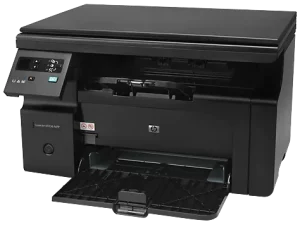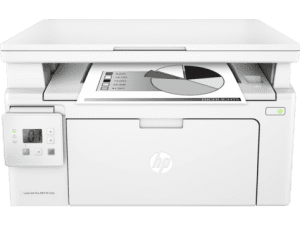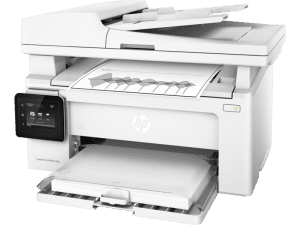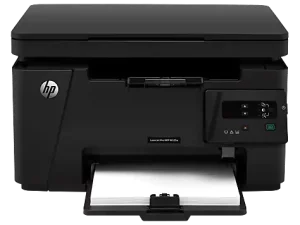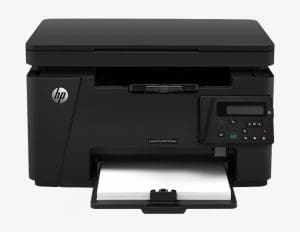Tobii Eye Tracker 5 Driver
Published:
July 25th, 2023
Updated:
July 25th, 2023
Developer:
Version:
3.0.1
Platform:
Tobii Eye Tracker 5 Driver for Windows
Table of Contents
Tobii Eye Tracker 5 Driver for Windows:
Tobii Eye Tracker Driver for Windows enables the connection between the device and the operating system. The software can also perform eye testing and update the device’s firmware.
Adventure games like Tomb Raider support the hardware. Letting you use your eyes to control the in-game camera and aim weapons. To get the most out of the eye-tracking experience, it’s important to optimize your play environment.
Installation of Tobii Eye Tracker 5 Driver:
Tobii Eye Tracker 5 Driver for Windows allows individuals with accessibility needs like ALS (amyotrophic lateral sclerosis) to interact with their PC using an on-screen mouse and keyboard. It also enables people to use their eyes to control applications and devices on the computer.
To get started you need to have a monitor that supports eye tracking (most newer computers do). It should also support a USB 2.0 or higher device connected to the eye tracker. The monitor can be either an external display or one of the screens on the Tobii Pro X3-120 eye tracker.
Before you start working with Tobii eye tracking it is important to disable three services. That is running by default on the computer. You can do this by opening the services app in the start menu and finding the three Tobii-related services. Right-clicking on each, and changing the startup type to disabled. Then restart the computer. This will make the hardware more stable and prevent unnecessary background activity that might interfere with your studies.
Calibration:
When connecting a new Tobii Eye Tracker 5 to a computer. Windows will automatically launch a setup process that will guide the user through the calibration process. This step is only required for the first use of the device.
Once the calibration is complete, the user can create one or more profiles depending on their specific needs. The profile settings determine which eyes are tracked. How head tracking is enabled, and how the calibration plot looks.
The calibration validation feature allows for an estimation of performance based on the observed accuracy and precision of the gaze data at each stimulus point in a calibration. This is accomplished by showing a new set of stimuli points. Subscribing to the gaze signal, and collecting the gaze data during the presentation. The results are then calculated. The accuracy and precision values are then compared to the estimated performance to verify that the calibration was successful.
Auxiliary software:
The driver enables the eye tracker to communicate with the OS. Without it, you may run into problems like error code 43 of a hardware device or Windows 10 with no mouse cursor and pointer issues.
The software also provides tools for adjusting the positioning of the eye tracker on the monitor. Which is necessary to ensure it works properly. It can be placed in a variety of positions, but it’s recommended that you position the eye tracker in such a way that the right and left eyes are at the same height on the screen.
The software is also able to record and analyze data from eye-tracking devices during test sessions. This allows the evaluation of pilots’ scanning patterns during crucial procedures such as landing and take-off. It can also be used to evaluate the level of training for operators of aircraft requiring manual control in varying conditions. The system is based on the SMI RED 500 stationary eye tracker and the Tobii Glasses mobile eye tracker, combined with a MATLAB environment for analysis of recorded data.
Performance:
With a more durable design and lighter materials, Tobii Eye Tracker 5 is more portable and easier to move. It also includes a flexible mount that can be used with built-in screens, curved screens, and other configurations.
Auxiliary software is included to simplify the calibration process and provide additional functionality. One feature, for example, lets the mouse cursor “jump” to the current gaze point when the user moves the mouse in a general direction. This allows large movements to be handled by the eye tracker while small movements are still managed with a physical mouse.
Another auxiliary software package, called Project Iris, is designed to allow users to craft their eye-tracking-based interfaces for Windows programs. It works by creating “interactors” — on-screen rectangles that respond when the user looks at them, triggering keystrokes and other actions. This is useful for creating custom control schemes in games, for example.
